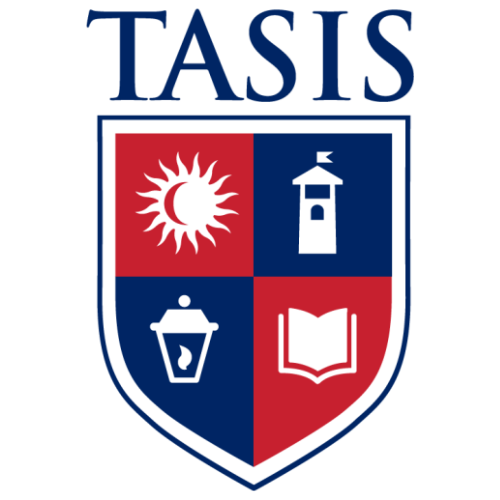by Keziah Watatua, AWA Kenya
“Two are better than one, because they have a good reward for their labor. For if they fall, one will lift up his companion. But woe to him who is alone when he falls, for he has no one to help him up. Again, if two lie down together, they will keep warm. But how can one be warm alone? Though one may be overpowered by another, two can withstand him. And a threefold cord is not quickly broken.” – Ecclesiastes 4:9–12, NKJV
The above quotation is from the most widely read book in the world, and I cannot say it better. Over the years, successful educators have always applied the principle of teamwork to achieve better learning outcomes. A common practice found in successful learning institutions is the “cord” consisting of teachers, parents and students working together toward a specific goal. Some models of teamwork may include teachers and administrators, resource persons from communities and parent-teacher associations, peer learning, co-teaching, county governments in partnerships with schools, and last but not least, NGOs and schools.
 Let me take this moment to shed more light on the important roles that some of these partnerships have played. During the current COVID-19 pandemic, UNICEF, in partnerships with schools and governments, has done a commendable job in sensitizing, raising awareness and educating communities globally on how to combat the pandemic and keep safe. Watch a cartoon (1.20m) to see UNICEF tackle how the virus is spread – and see how UNICEF is supporting our youth (7.58m) during the pandemic.
Let me take this moment to shed more light on the important roles that some of these partnerships have played. During the current COVID-19 pandemic, UNICEF, in partnerships with schools and governments, has done a commendable job in sensitizing, raising awareness and educating communities globally on how to combat the pandemic and keep safe. Watch a cartoon (1.20m) to see UNICEF tackle how the virus is spread – and see how UNICEF is supporting our youth (7.58m) during the pandemic.
At the beginning of the pandemic in Kenya, schools were closed indefinitely, heath protocols and measures such as country-wide curfews were put in place; resulting in the control of new infections. Currently, all stakeholders are now deliberating to discuss the current modalities of reopening schools. The Teachers Service Commission (TSC), the Kenya National Union of Teachers (KNUT) and Ministry of Education officials have all been collaborating in boardrooms to work forward through the pandemic. Listen to a legislative debate on a reopening plan; read about how some schools have managed to survive while they wait for students to return, despite loss of income; and find out about the most recent plan to get Kenyan students back to school.
Through my teaching experience, I can attest to the fact that partnerships between school and home lead to students who develop confidence and make remarkable progress holistically. Similarly, collaborations are imperative in overcoming the current global crisis and other challenging global issues.
Find out more about how the WHO continues to keep the world informed and work toward solutions!


